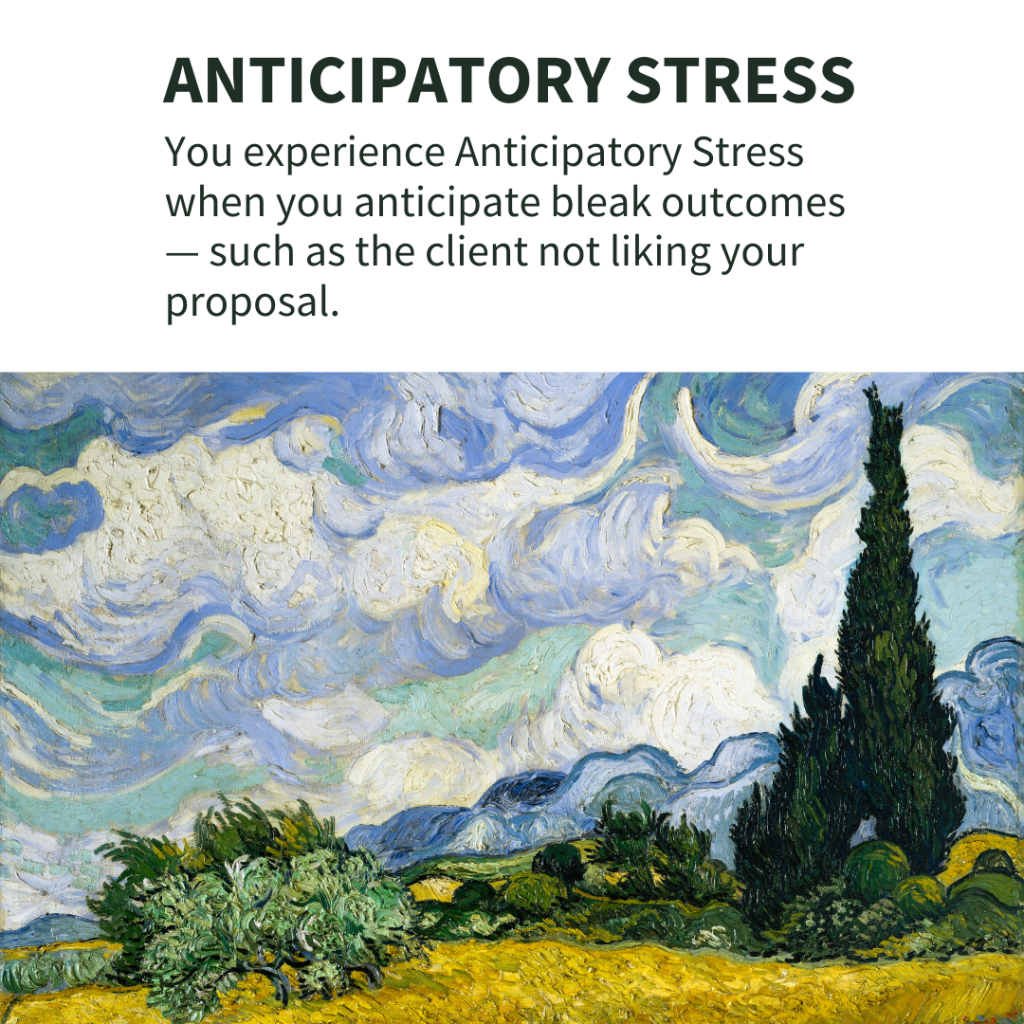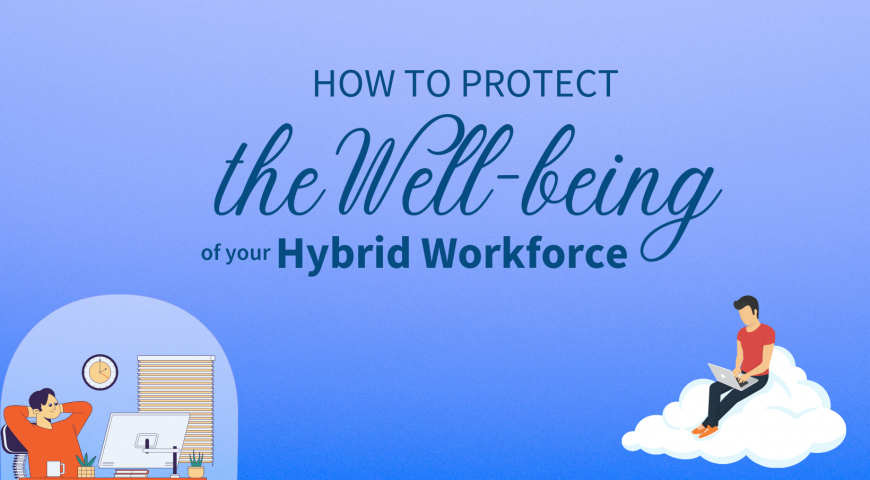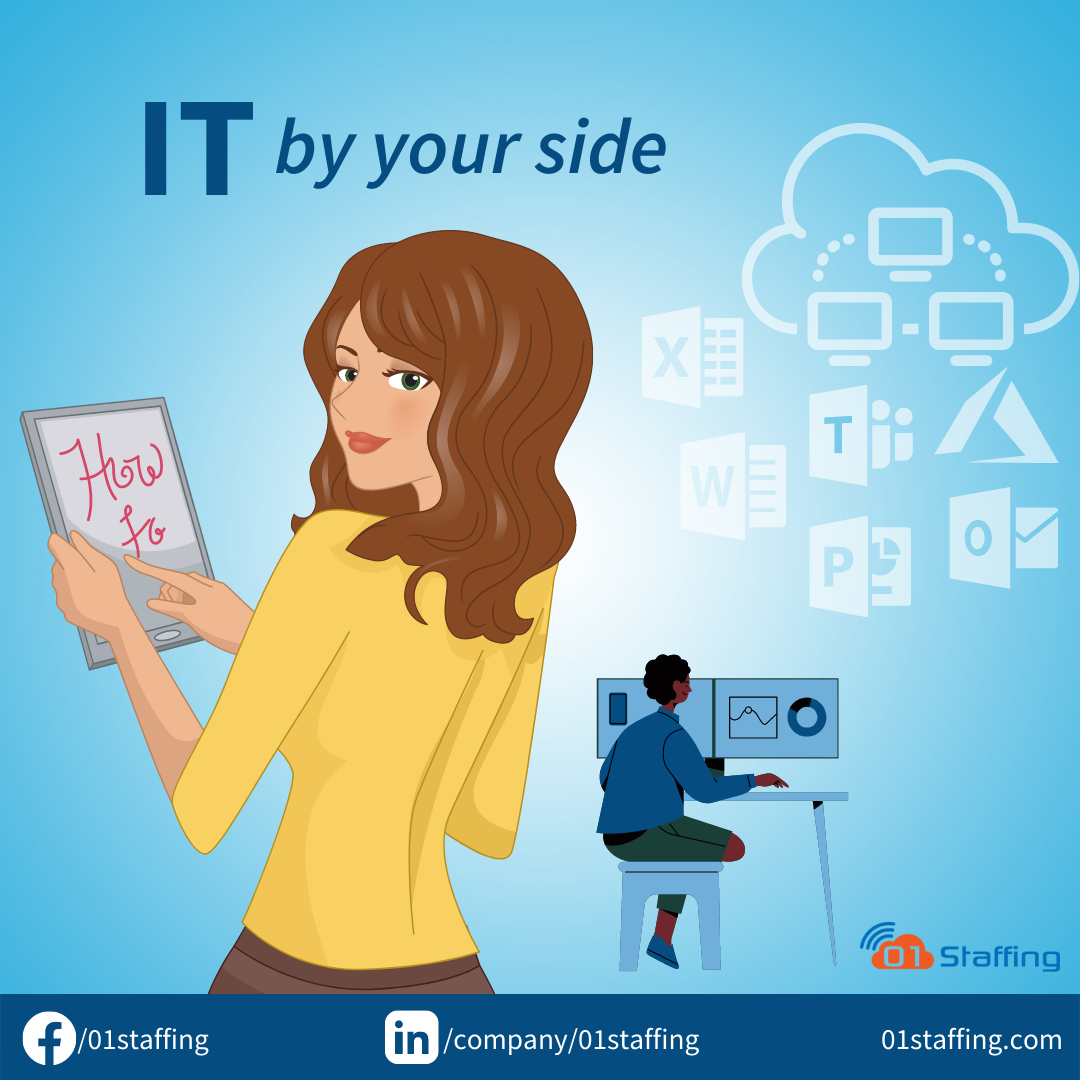If you are experiencing pressure, worry, and anxiety, you are not alone. Everyone has their share of struggles. While tension is a sign of growth in small amounts, unmanaged stress leads to a lack of focus, productivity, and happiness. Here are the four types of stress and how to improve your mental fitness.
Anticipatory Stress
You experience Anticipatory Stress when you anticipate bleak outcomes— such as the client not liking your proposal. You keep feeling something will go wrong. Anticipatory Stress can also be vague and undefined, such as an overall sense of dread about the future.
Mental Fitness Tips
- Focus on the present. Take action on your proposal. Focus on two things: what the client needs and how can you fulfill it?
- Develop self-confidence. Focus your energy on your strengths and keep nurturing them. Be honest with your flaws, and people will find you more relatable. Moreover, be daring despite your imperfections.
- Employ the Law of Attraction. Create a dream board and visualize positive outcomes in your endeavors. Read “The Secret” to discover how the Law of Attraction brings forth abundance.
- Gratitude. Appreciate small success.
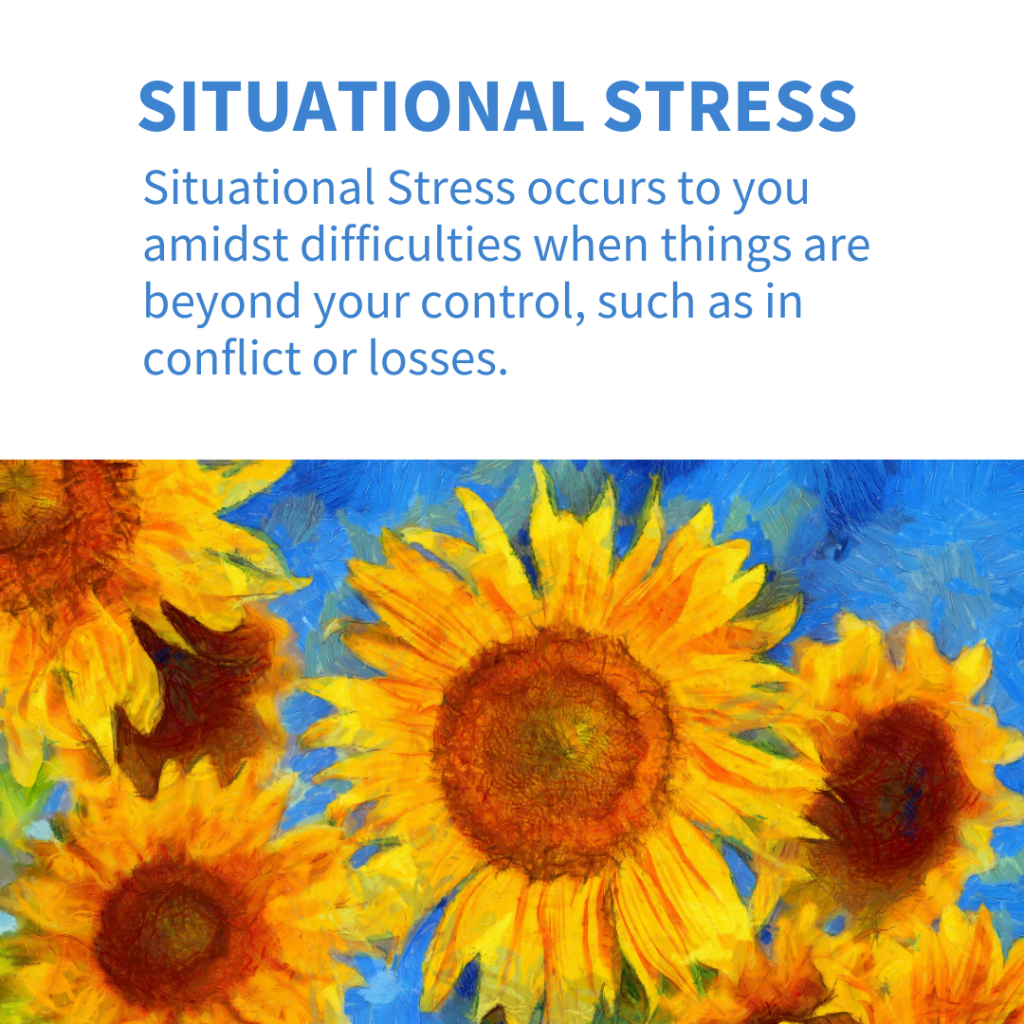
Situational Stress
Situational Stress occurs to you amidst difficulties when things are beyond your control, such as in conflict or losses. You may find yourself in an intense meeting, being laid off at work, or being embarrassed in front of everyone. Situational Stress may be sudden, and it can catch you off-guard.
Mental Fitness Tips
- Focus on the solutions that are within your means. Argue, accept, or compromise.
- Hone your problem-solving skills through leadership books or by learning from your seniors. Practice making quick decisions. Stay aligned with your goals and priorities during intense meetings.
- Calm yourself with food, music, or rest before making important decisions.
- Communicate better during stressful situations. Focus on the solution and avoid the blame game.
- Become more self-aware.
- Tell yourself, “these too shall pass.”
- Start doing breathing exercises.
- Sweat it out. Rest when you need it. Then, push yourself to go out for a walk.
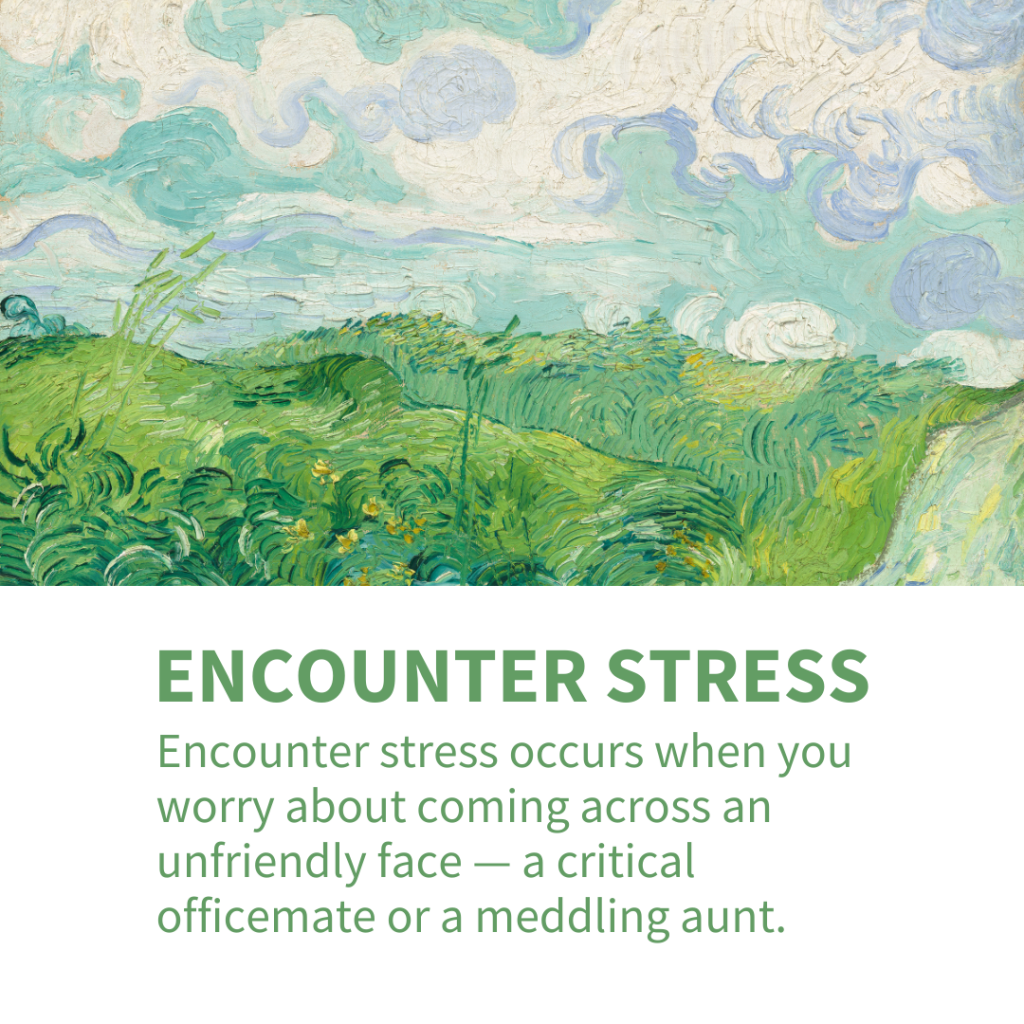
Encounter Stress
Encounter stress occurs when you worry about coming across an unfriendly face — a critical officemate or a meddling aunt. Encounter stress can also occur amidst clients, especially if the company is not doing well.
Mental Fitness Tips
- Increase self-awareness. If an officemate comes across as annoying, reflect on your triggers and assess whether your emotions are within reason.
- Manage the situation like a champion. If an officemate acts like your boss, try being honest with them while remaining calm and amiable. Ask a neutral teammate for their opinion. If the team agrees with you, pull your bossy colleague aside and nicely tell them what the team thinks. Communicate from a place of concern. If all else fails, ask your boss to help. Stay polite and objective.
- Develop greater emotional intelligence. Understand where people are coming from. Some people may overreact to situations because they have traumas. A person who talks too loudly may be battling insecurity.
- Know your limit. Try taking a break when it’s too much.
- If a customer overwhelms you, take a coffee break or talk to an office friend.
- Foster camaraderie with officemates through social events.

Time Stress
You experience Time Stress when you worry about time, or the lack thereof. The number of deliverables on the table can be overwhelming. Common examples of Time Stress include worrying about deadlines or rushing to avoid being late for a meeting.
Mental Fitness Tips
- Get a planner. Make a to-do list. Prioritize high-value tasks — jobs that will help the company, team, or client more.
- Break down big tasks into small, doable tasks.
- Read “Eat that Frog” by Brian Tracy
- When given multiple tasks, ask your boss what to prioritize.
- Set aside time for deep work. Avoid distractions, including social media. Manage your phone alerts. Go to your settings and turn off unimportant notifications.
- Learn to say no.
Time Stressed? Don’t do all the work! Hire a remote worker today and improve your mental fitness! Explore our packages.


